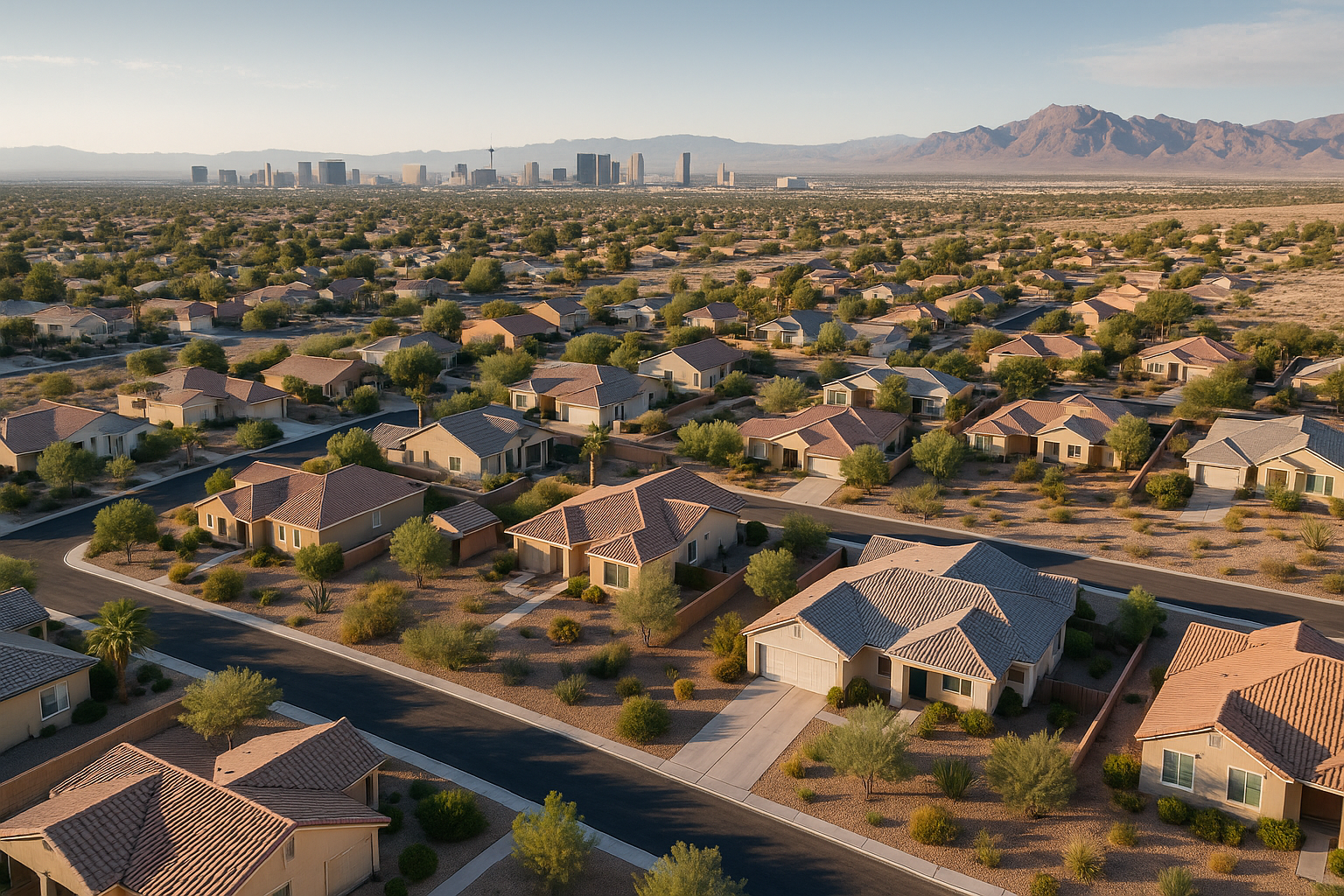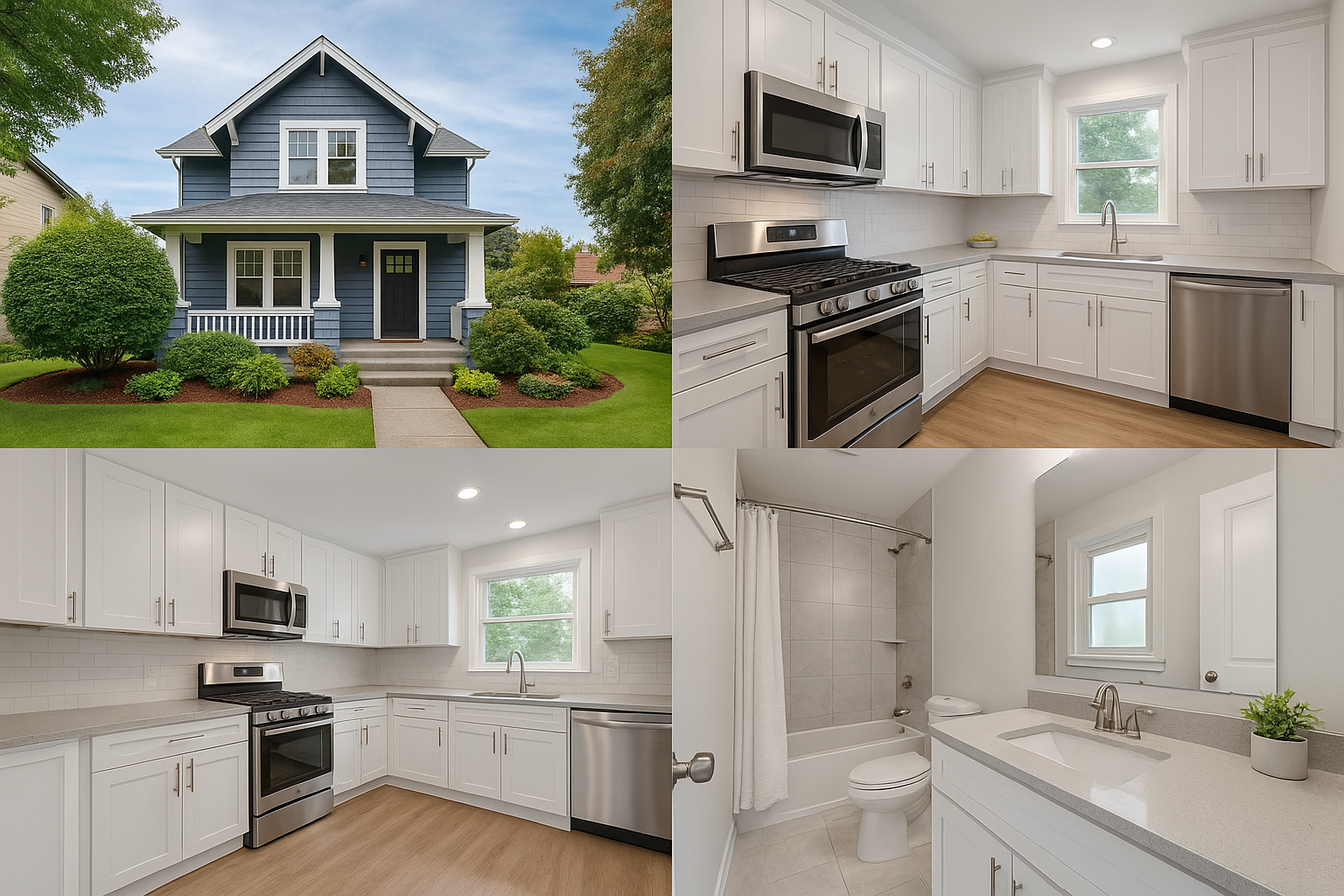Transform Your Backyard with Genius Vegetable Garden Landscaping
Transforming your backyard into a lush vegetable garden not only enhances your outdoor space but also offers a rewarding way to connect with nature, and by browsing options for innovative landscaping ideas, you can discover a multitude of ways to create a sustainable and visually appealing garden.
The Benefits of Vegetable Garden Landscaping
Creating a vegetable garden in your backyard allows you to enjoy fresh produce right at your doorstep while also adding aesthetic value to your property. Not only does this endeavor promote a healthier lifestyle by encouraging the consumption of fresh, home-grown vegetables, but it also contributes to environmental sustainability. By reducing the need for store-bought produce, you minimize your carbon footprint. Additionally, vegetable gardening can be a therapeutic hobby that reduces stress and increases physical activity.
Designing Your Vegetable Garden
When planning your vegetable garden, consider factors such as sunlight, soil quality, and water access. Most vegetables require at least six to eight hours of sunlight per day, so choose a location that receives ample sunlight. Soil quality is crucial for healthy plant growth; therefore, it's beneficial to conduct a soil test to determine its pH and nutrient levels. Amending your soil with organic matter can enhance its fertility and structure.
For those new to gardening, starting with raised beds can be a great option. Raised beds offer better drainage and soil quality control, and they can be designed to fit any backyard space. Vertical gardening is another innovative approach, especially for small yards. By using trellises and vertical planters, you can maximize space and grow more produce in a limited area.
Cost Considerations and Potential Savings
The initial cost of setting up a vegetable garden can vary depending on the size and complexity of your design. Basic raised bed kits can range from $50 to $200, while more elaborate setups with irrigation systems and custom designs can cost several hundred dollars1. However, the investment can lead to significant savings on grocery bills over time. According to the National Gardening Association, a well-maintained vegetable garden can yield a return of $500 or more annually in produce2.
Choosing the Right Vegetables
Select vegetables that thrive in your climate and are suited to your culinary preferences. Common choices include tomatoes, peppers, cucumbers, and leafy greens. It's also wise to incorporate companion planting techniques, which involve growing certain plants together to enhance growth and deter pests. For example, planting marigolds alongside tomatoes can help repel nematodes and other pests3.
Maintaining Your Vegetable Garden
Consistent maintenance is key to a thriving vegetable garden. Regular watering, weeding, and pest control are essential tasks. Implementing an efficient irrigation system, such as drip irrigation, can conserve water and ensure that your plants receive consistent moisture. Additionally, practicing crop rotation and using organic fertilizers can help maintain soil health and prevent disease.
Exploring Further Opportunities
For those interested in expanding their gardening skills, consider exploring permaculture principles, which focus on creating self-sustaining ecosystems. Permaculture gardens use techniques like mulching, composting, and polyculture planting to reduce waste and increase biodiversity. By visiting websites dedicated to permaculture, you can find a wealth of resources and community support to help you on your journey.
In summary, transforming your backyard with vegetable garden landscaping is a fulfilling project that offers numerous benefits, from fresh produce to enhanced property value. By following the options and resources available, you can create a beautiful and productive garden space that aligns with your lifestyle and environmental values.







